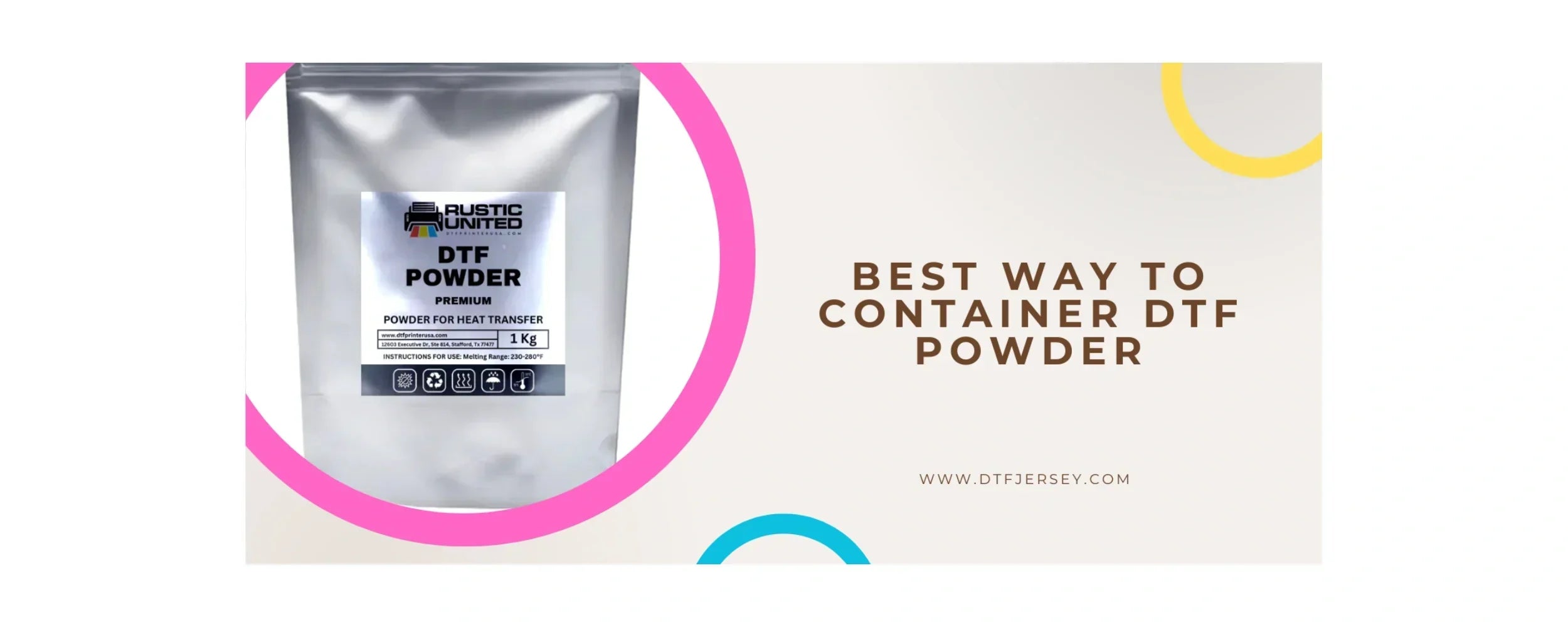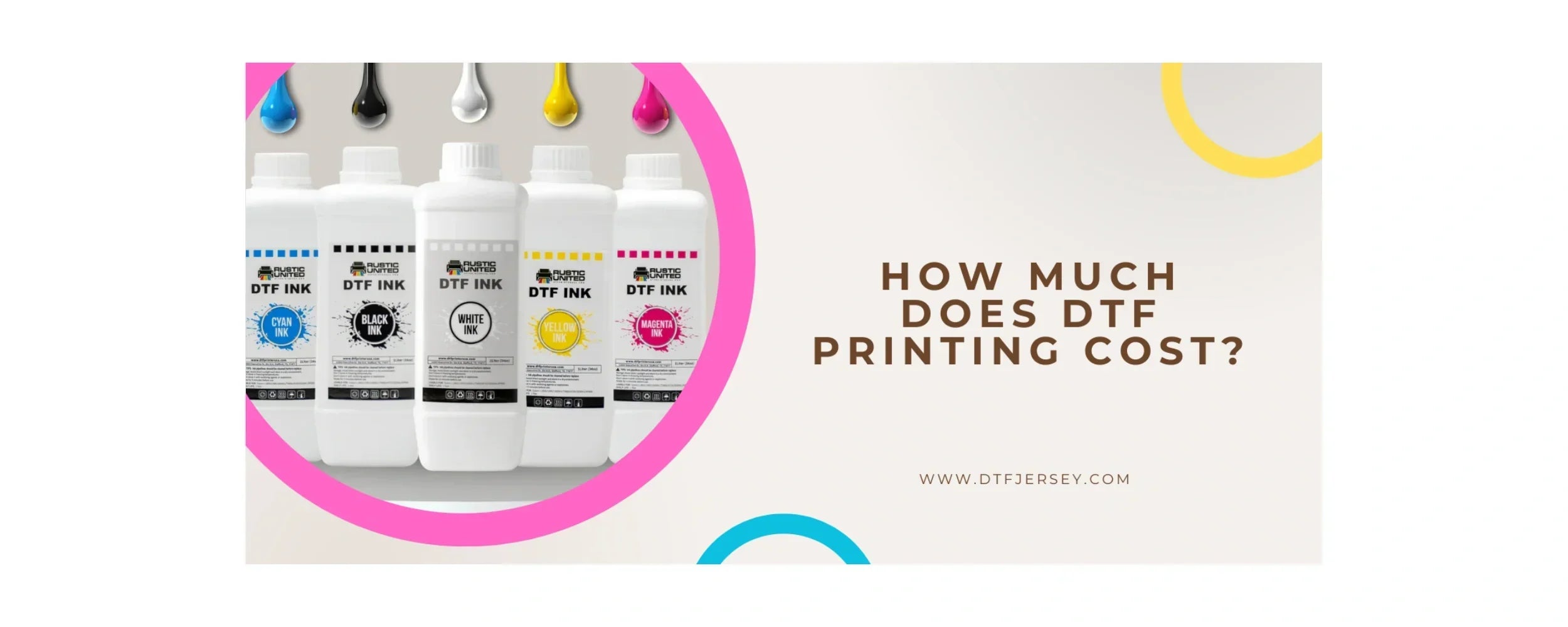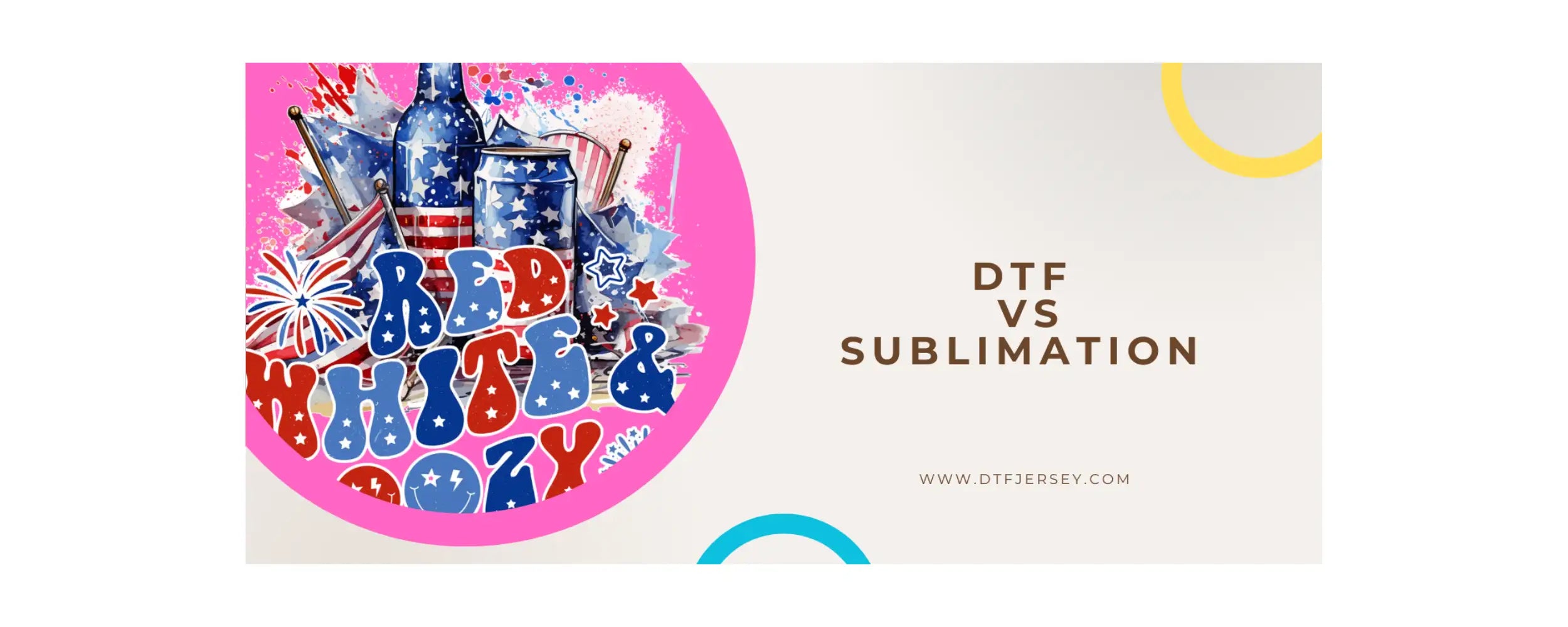
Best Way to Container DTF Powder: Storage Tips and Best Practices
Finding the best way to container DTF powder is crucial for preserving its quality and ensuring optimal performance. In this article, we’ll share expert tips and best practices to help you store DTF powder effectively and maintain consistent results in your printing process. By following these guidelines, you can prevent contamination, moisture damage, and clumping, which could otherwise affect the overall quality of your prints.
Introduction to DTF Powder and Its Importance
Best way to container DTF powder is essential for anyone involved in the Direct-to-Film (DTF) printing process. This popular printing technique allows for transferring designs to fabrics with high precision. A key component of this process is DTF powder, which plays a crucial role in ensuring the printed film adheres firmly to the fabric. The best DTF powder helps achieve strong adhesion and durability, making the quality of the final product much better.

When choosing how to store DTF powder, it’s important to consider its delicate nature. The DTF transfer powder can easily become contaminated or lose its effectiveness if not stored properly. To achieve optimal results in your printing process, understanding how to contain and store highly flavored DTF powder is essential.
Why Proper Containment of DTF Powder Matters
Proper containment of DTF powder ensures that it remains dry, free from contaminants, and ready for use at any time. If the powder is not stored correctly, it may clump or absorb moisture, which reduces its effectiveness during printing. The best way to container DTF powder prevents these issues, ensuring that the powder remains effective for longer periods.
In addition, proper containment of DTF adhesive powder is necessary to preserve the powder’s performance. The DTF film and powder combination relies on the powder to form a reliable bond, and any contamination or degradation could impact the quality of the print.
Types of Containers for DTF Powder
There are several ways to store DTF powder, each catering to different needs. Choosing the best DTF powder container depends on the amount of powder you use, the scale of your printing operation, and your specific environmental requirements.
Plastic Containers
Plastic containers are a common choice for storing DTF supplies and DTF powder. They are affordable, lightweight, and can be sealed tightly to prevent contamination. Many plastic containers are transparent, which makes it easy to monitor the powder level and ensure it remains dry.
Glass Containers
Glass containers are another great option for those looking for premium storage solutions for highly flavored DTF powder. They do not absorb moisture, and when sealed tightly, they provide superior protection from contaminants and air.
Metal Containers
For large-scale printing operations, metal containers such as stainless steel offer durability and protection. These containers are perfect for DTF powder that needs to be stored in bulk, keeping it safe from extreme temperatures and humidity.

Key Factors to Consider When Choosing DTF Powder Containers
When deciding on the best way to container DTF powder, there are a few factors to consider. These include the material of the container, the environment in which it will be stored, and how frequently you access the powder.
Material Compatibility
Ensure the material of the container does not react with the DTF powder. For instance, avoid containers made from materials that may interact with the powder and affect its adhesive properties.
Durability
The container should be durable enough to withstand regular handling. Whether you choose plastic, glass, or metal, ensure the container is robust enough to keep the DTF transfer powder safe during daily use.
Ease of Use
Make sure the container is easy to open and reseal, as you’ll need to access the DTF powder frequently. Features like a wide mouth or pour spout can make dispensing the powder more efficient.
Storage Conditions
To keep DTF adhesive powder in its best condition, select a container that provides protection from temperature changes, light, and moisture. The right container will preserve the powder’s quality and ensure optimal performance.
How to Store DTF Powder for Long-Term Use
Proper long-term storage is essential to maintain the effectiveness of DTF powder. Here’s how to store it properly for extended use:
Airtight Sealing: Ensure the container is sealed tightly to prevent exposure to air and moisture. This is critical for preserving the DTF powder’s quality.
Cool and Dry Storage: Store the container in a cool, dry place, away from sunlight and heat sources. The ideal temperature for DTF powder storage is between 15°C and 25°C (59°F and 77°F).
Use of Desiccants: Consider placing moisture-absorbing materials, such as silica gel packets, inside the container to keep the DTF adhesive powder dry and free from clumping.
Preventing Contamination: Best Practices for Containing DTF Powder
To ensure your DTF powder stays in the best condition, follow these best practices:
Use Clean Containers: Always clean your containers thoroughly before adding DTF powder to avoid introducing contaminants.
Reseal Containers Immediately After Use: After you take the required amount of powder, make sure to reseal the container to keep out dust, dirt, and moisture.
Store Containers in Covered Areas: If possible, cover the containers with a cloth or lid to further protect the DTF powder from contamination.
Optimal Environmental Conditions for Storing DTF Powder
The environment where DTF powder is stored plays a vital role in maintaining its quality. To ensure optimal storage conditions, consider these factors:
Temperature
To maintain the best DTF powder consistency, store it in a temperature-controlled area. Avoid exposure to high heat or freezing temperatures, as they can damage the powder and reduce its effectiveness.
Humidity
Keep the storage environment dry to prevent the DTF transfer powder from absorbing moisture. Excessive humidity can cause the powder to clump and make it unusable.
Light Exposure
Store DTF powder away from direct sunlight or strong artificial lighting. UV light can degrade the powder, affecting its quality and adhesive properties.

Packaging DTF Powder for Shipping
When shipping DTF powder, it’s important to use packaging that protects the powder from damage and contamination. Here are some tips for effective packaging:
Use Sealed Plastic Bags: Plastic bags provide an airtight barrier that keeps moisture out and protects the DTF powder during shipping.
Moisture-Proof Packaging: Include desiccants or silica gel packets in the packaging to absorb any moisture that might infiltrate.
Clear Labeling: Label the package with clear instructions and handling information to ensure the DTF powder is handled correctly during transit.
Best Containment Practices for Different DTF Printing Needs
Small-Scale vs. Large-Scale Operations
For smaller operations, plastic or glass containers may suffice. However, for larger-scale apparel printing processes requiring large quantities of DTF powder, metal containers or industrial bins are recommended to store DTF powder securely.
Bulk Storage
Bulk storage requires robust, durable containers that can accommodate large quantities of highly flavored DTF powder. Metal or high-grade plastic containers are ideal for long-term, bulk storage.
Common Mistakes to Avoid in Containing DTF Powder
Failure to Use Airtight Containers: Not sealing the container properly can lead to moisture and air exposure, causing the powder to clump or lose its adhesive properties.
Improper Humidity Control: Always store DTF powder in a dry area. Humidity is a major factor in clumping, so avoid high-humidity environments.
Using the Wrong Materials: Ensure the container is compatible with DTF transfer powder to prevent chemical reactions that could degrade its quality.
Conclusion: Choosing the Best Container for Your DTF Powder Needs
In conclusion, the best way to container DTF powder is crucial for maintaining its quality and ensuring high-quality prints. By choosing containers that are airtight, durable, and suitable for the environmental conditions, you can preserve the powder’s effectiveness and achieve consistent, professional results. Whether you're using DTF adhesive powder for small-scale or large-scale printing, the right container will make all the difference in your DTF printing process.
FAQs
You can find other commonly asked questions about storing DTF powder further down the page.
What is DTF Powder?
DTF powder is a special adhesive powder used in the Direct-to-Film (DTF) printing process. After a design is printed onto a transfer film, DTF powder is applied to the printed film while it's still wet. The powder adheres to the ink and is then cured to create a strong bond between the ink and the fabric during the heat press process. The purpose of DTF powder is to ensure that the ink sticks properly to the fabric, allowing for vibrant and durable prints.
How to Use DTF Powder?
Using DTF powder is a crucial step in the DTF printing process. Here’s how to use it effectively:
Print the Design: First, print your design onto a special DTF transfer film using a compatible printer and DTF inks.
Apply the DTF Powder: While the print is still wet, apply a generous amount of DTF powder over the printed design. The powder should completely cover the printed ink. You can use a shaker or simply pour the powder directly onto the print.
Remove Excess Powder: Gently shake or tap off any excess powder from the film. This ensures only the powder that has adhered to the ink remains.
Cure the Powder: The next step is to cure the powder using a heat press (see below for detailed instructions).
How to Cure DTF Powder with Heat Press?
To cure DTF powder and make it bond effectively with the ink, you'll need to use a heat press. Follow these steps:
Set the Heat Press Temperature: Preheat your heat press to around 160°C to 170°C (320°F to 340°F).
Position the Transfer Film: Place the film, with the printed and powdered design, onto the heat press platen. Make sure the printed side is facing up.
Press the Design: Close the heat press and apply light to medium pressure for 10-15 seconds. The heat will melt the DTF powder and bond it with the ink on the transfer film.
Check for Curing: Once the time is up, open the heat press and check if the powder has fully adhered to the design. The cured design should feel smooth and solid, with the ink firmly in place.
You can find more detailed information on DTF pressing instructions on our page.
Is DTF Powder Toxic?
DTF powder is generally considered safe to handle when used properly, but like any powder, it can be harmful if inhaled or ingested. It’s important to wear protective gear such as gloves and a mask when handling DTF powder to prevent inhalation or contact with the skin. Always ensure the workspace is well-ventilated and avoid direct inhalation of the powder. Additionally, follow the manufacturer’s safety guidelines when using DTF powder to ensure safe handling.
While DTF powder is primarily used in the DTF printing process, it is not used for sublimation printing. Sublimation is a different printing method where the ink turns into gas and bonds directly with the fabric fibers when heated. DTF powder is not involved in sublimation as the two processes work in different ways.
For sublimation, you would typically use sublimation inks and a heat press, but no powder is required. If you are looking to combine both DTF and sublimation techniques, you would need to use DTF powder specifically for DTF prints and follow the regular sublimation process for sublimation prints separately.


